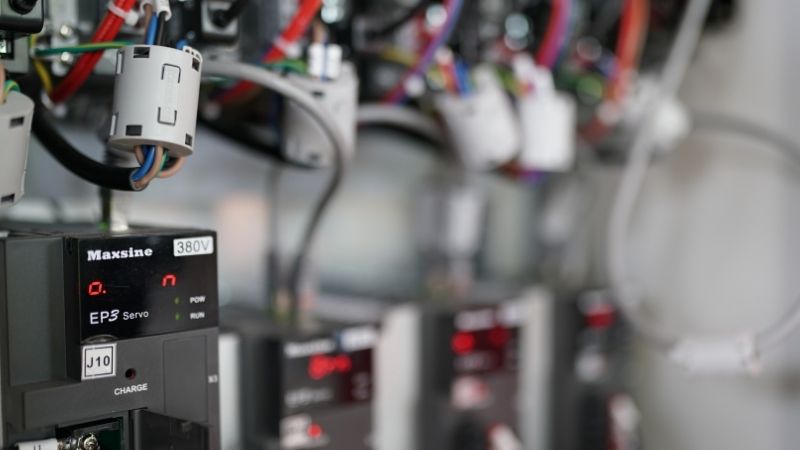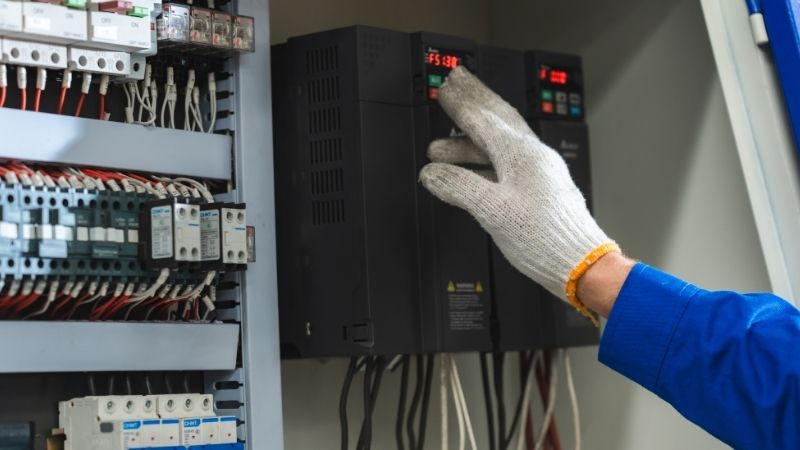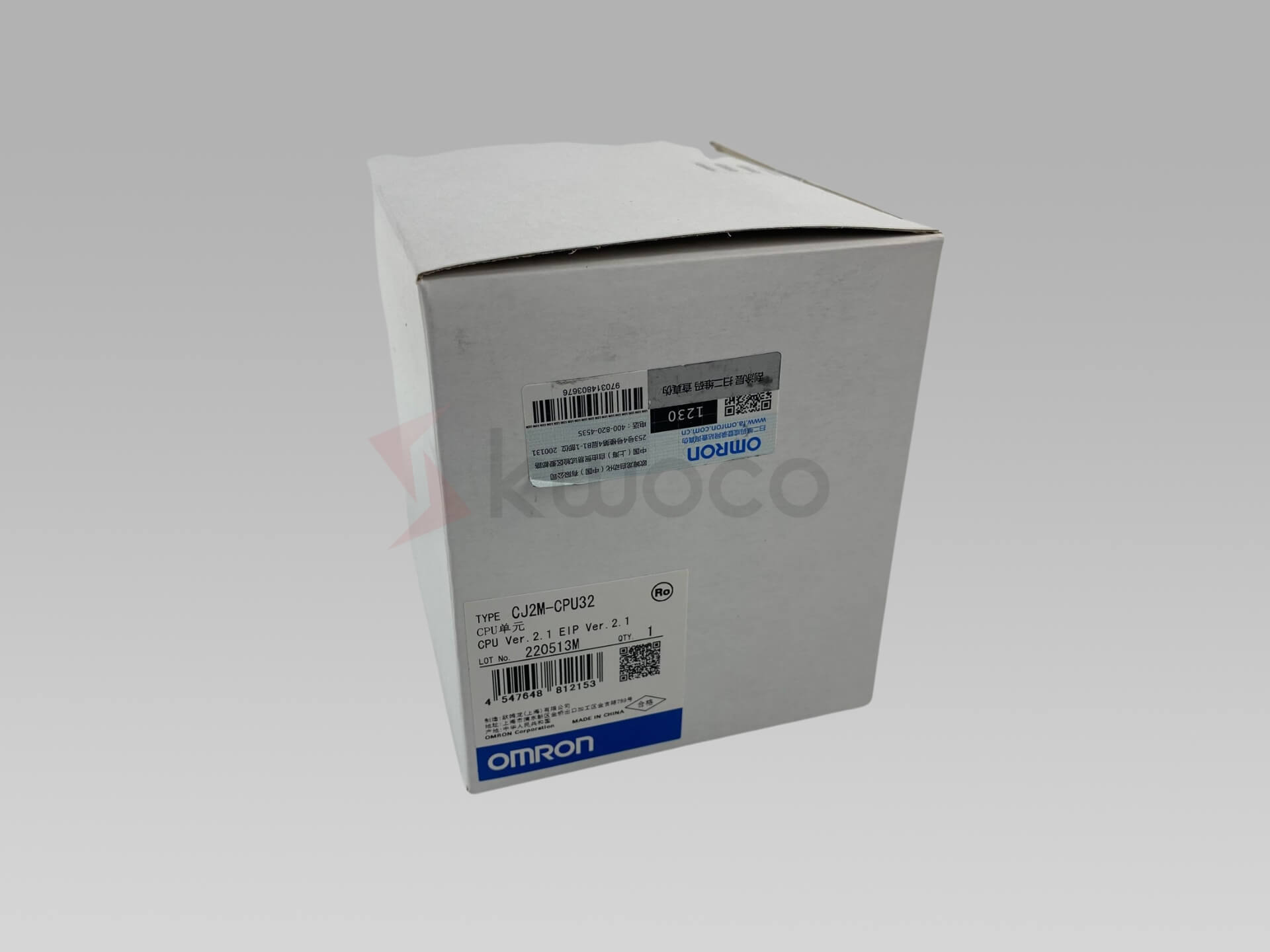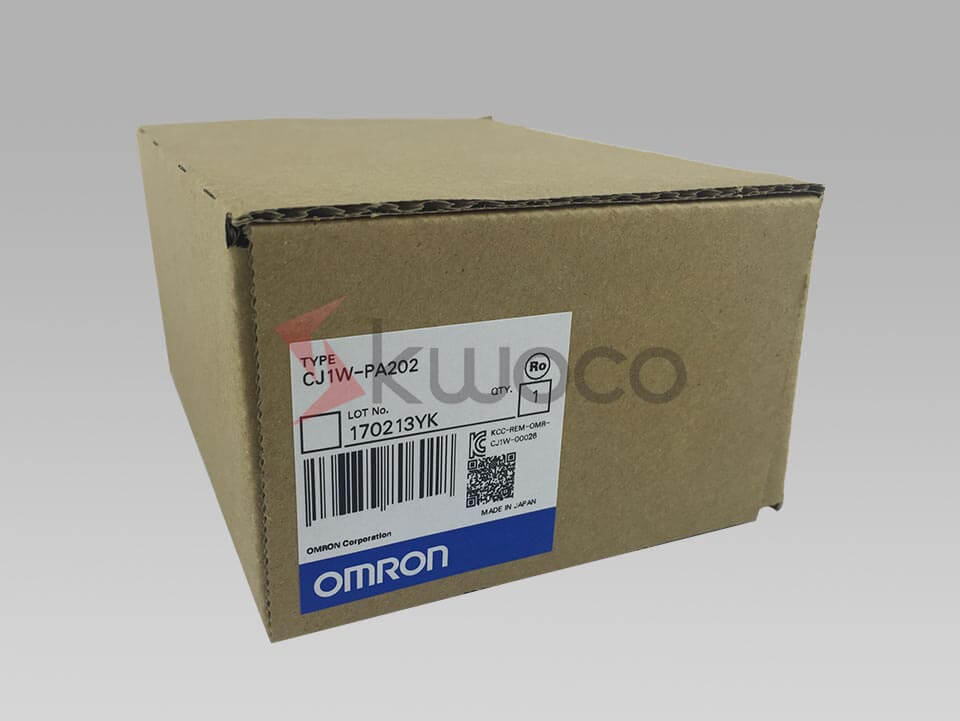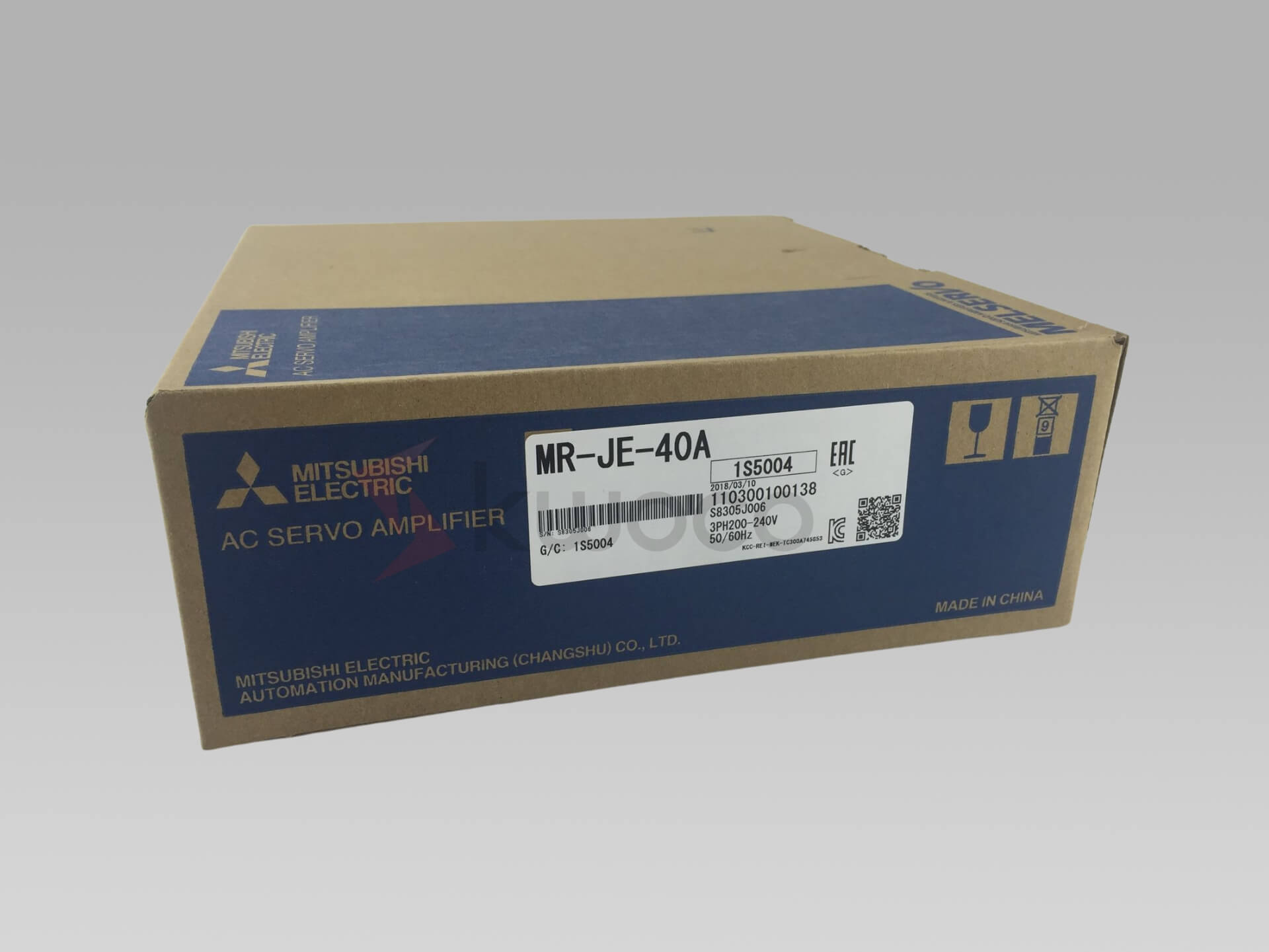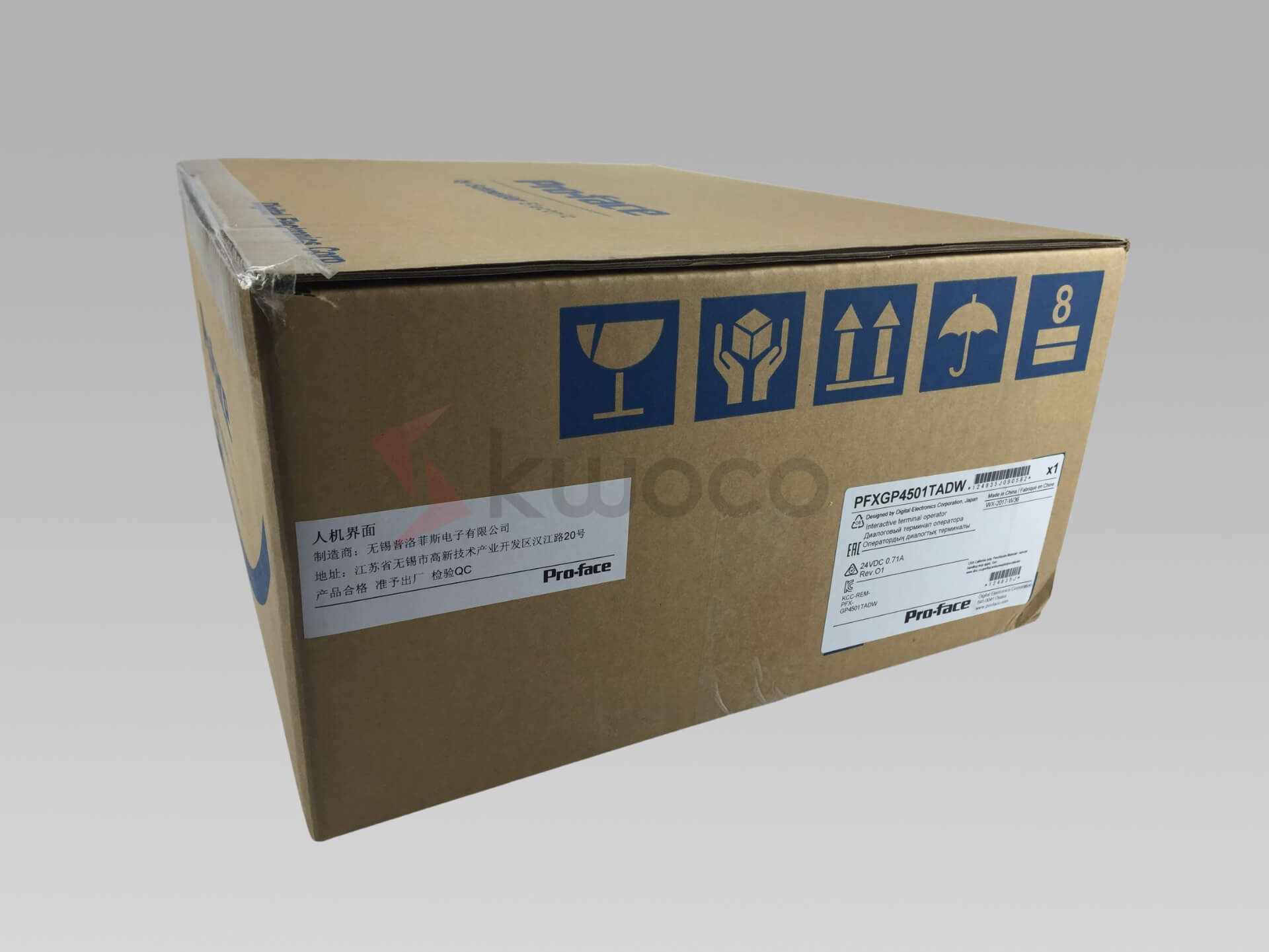Variable Frequency Drives (VFD): Complete Guide to Motor Control
A variable frequency drive (VFD) is an electronic device that controls the speed of an AC motor by varying the frequency and voltage supplied to it. VFDs optimize motor performance, reduce energy consumption, and provide precise speed control for various industrial applications like pumps, fans, and conveyors. By converting fixed-frequency AC power to variable frequency output, VFDs allow motors to operate at different speeds while maintaining efficiency.
Table of Contents
How Do Variable Frequency Drives Work?
The operation of a VFD involves three main stages:
- Rectification: Converts AC input to DC
- DC Bus: Smooths and filters the DC power
- Inversion: Creates variable frequency AC output
A VFD uses pulse width modulation (PWM) and insulated gate bipolar transistors (IGBTs) to control both frequency and voltage. This allows for precise motor speed control while maintaining proper voltage-to-frequency ratio for optimal motor performance.
What Are the Key Benefits of Using VFDs?
Energy Savings
- Reduces energy consumption by 30-50% in typical applications
- Matches motor speed to load requirements
- Eliminates the need for mechanical speed control devices
Improved Process Control
- Provides precise speed control
- Enables soft starting and stopping
- Protects motors from damage
- Allows for programmable acceleration/deceleration
Common Applications and Use Cases for VFDs
VFDs are extensively used in:
- HVAC Systems
- Pump Systems
- Conveyor Systems
- Industrial Fans
- Manufacturing Equipment
How to Select the Right VFD for Your Application?
Choosing the right VFD depends on several factors:
- Motor specifications (voltage, current, horsepower)
- Load characteristics
- Environmental conditions
- Control requirements
- Communication needs
Installation and Maintenance Best Practices
Installation Tips:
- Proper ventilation and cooling
- Appropriate enclosure selection
- Correct cable routing and shielding
- Proper grounding techniques
Maintenance Requirements:
- Regular visual inspections
- Cleaning of heat sinks and fans
- Checking electrical connections
- Monitoring performance parameters
Frequently Asked Questions
With proper maintenance, VFDs can last 15-20 years.
While VFDs work best with three-phase AC motors, they can be used with single-phase motors with proper sizing and configuration.
Common signs include unusual noises, overheating, error codes, and inconsistent motor speed.
Energy savings typically range from 30-50%, but can be higher in certain applications.
Regular cleaning, inspection of components, and monitoring of operating parameters are essential.
Power your projects with brand-new, original Omron, Mitsubishi, Schneider PLC – in stock, ready now!
Conclusion
- VFDs provide efficient motor speed control
- They significantly reduce energy consumption
- Proper selection and installation are crucial
- Regular maintenance ensures long service life
- VFDs improve process control and motor protection
Looking for new, original PLCs for your projects? At Kwoco, we stock the latest PLCs from top brands like Omron, Mitsubishi, and Schneider. Shop with confidence—fast shipping, guaranteed quality! Buy Now
Contact Us
Just fill out your name, email address, and a brief description of your inquiry in this form. We will contact you within 24 hours.
You May Also Find These Topics Interesting
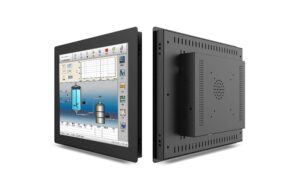
LCD, Digitizer, or Touchscreen Woes? Find the Perfect Industrial Display Solution!
Is your industrial equipment’s display cracked, unresponsive, or simply outdated? Understanding the difference between LCDs, digitizers, and touchscreens is crucial for effective repairs and upgrades. This article dives deep into the world of industrial displays, helping you diagnose problems, choose the right replacement parts, and optimize your machinery for peak performance. We will walk you through what is the digitizer, what is lcd, what is the touchscreen! It’s time to stop guessing and start fixing!
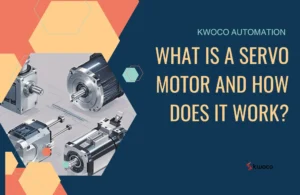
What is a Servo Motor and How Does It Work?
What is a Servo Motor and How Does It Work? When it comes to precision and control in industrial automation,

What are the Three Types of Photoelectric Sensors?
What Are the Three Types of Photoelectric Sensors? When it comes to industrial automation, precision is key. But how can

